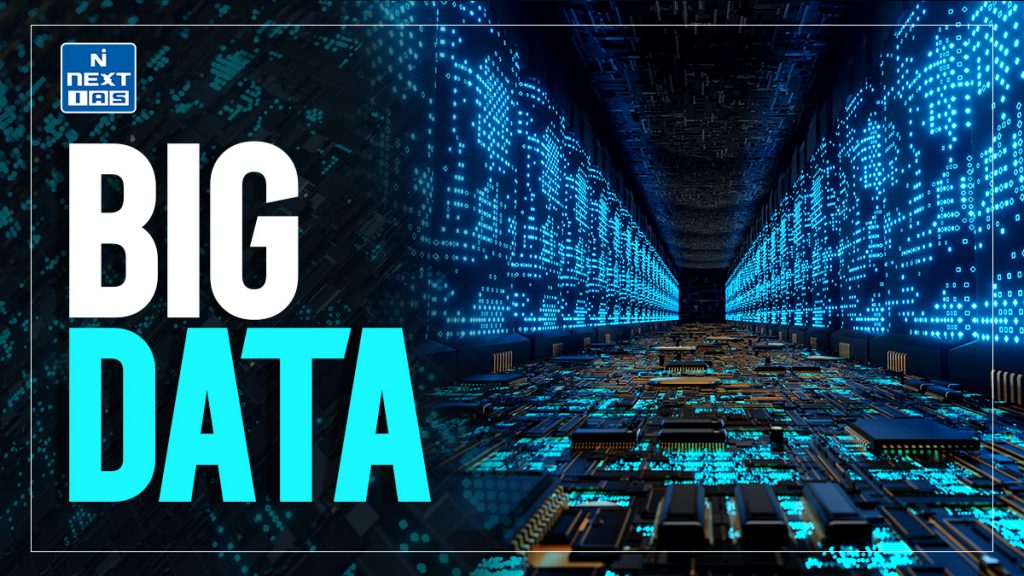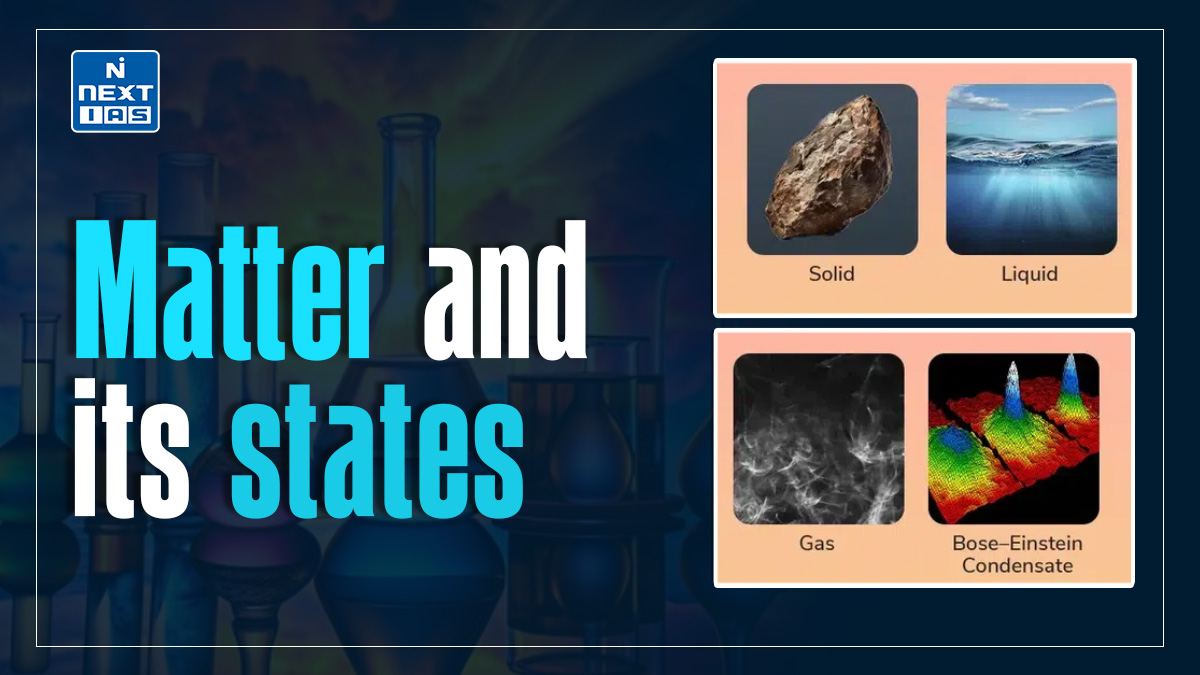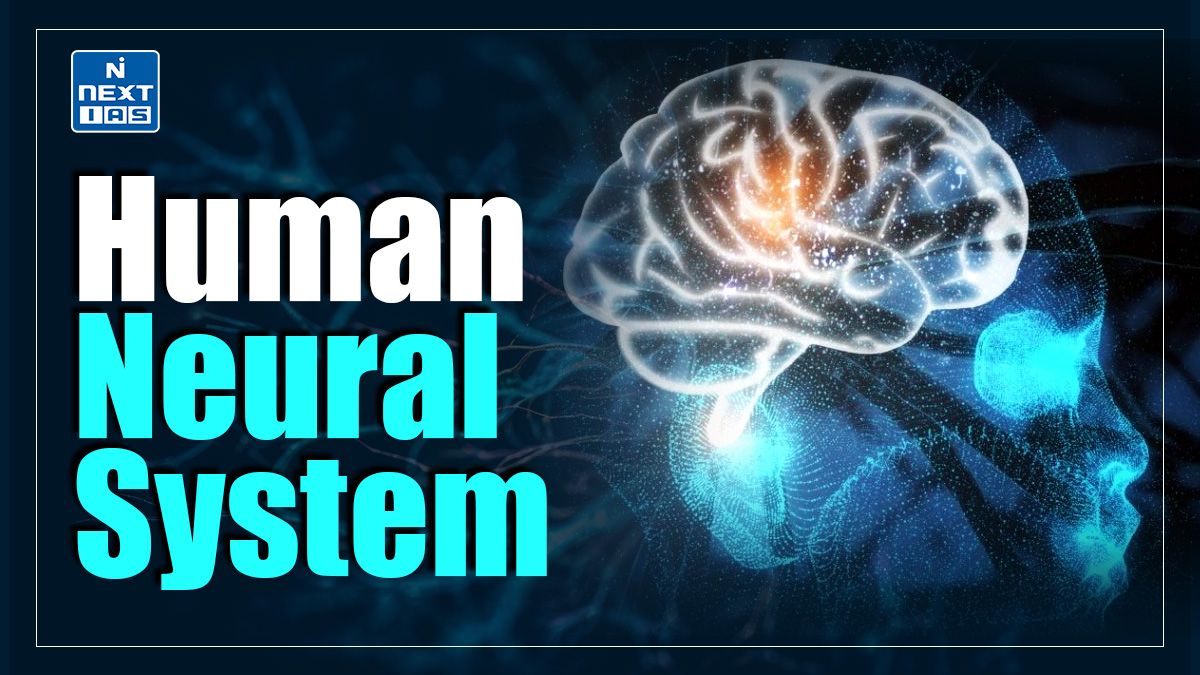
Big Data refers to vast, complex datasets generated at high velocity from diverse sources, such as social media, sensors, and transactions. Its analysis uncovers patterns, trends, and insights, driving decision-making and innovation across industries like healthcare, finance, and marketing. Big Data transforms how organizations understand and leverage information.
What is Big Data?
- It refers to the massive volumes of structured, unstructured, and semi-structured data generated from diverse sources such as social media, sensors, business transactions, and digital devices. It is characterized by the three Vs: Volume (large scale), Velocity (rapid generation), and Variety (diverse formats).
- It enables organizations to uncover hidden patterns, trends, and insights through advanced analytics and machine learning. Its applications span multiple fields, including personalized healthcare, fraud detection, customer behavior analysis, and predictive maintenance in industries.
- However, managing it poses challenges like data privacy, storage, and processing efficiency. Modern technologies, such as Hadoop, Spark, and cloud computing, help address these issues, making Big Data essential for data-driven decision-making and innovation.
Evolution of Big Data
The evolution of it reflects its journey from traditional data management to advanced analytics and AI-driven insights. Here’s an overview:
Early Data Management (1960s–1980s)
- Data was primarily structured and managed using relational databases.
- The focus was on organizing and storing data efficiently for business and administrative purposes.
The Rise of the Internet (1990s)
- The internet boom led to an explosion of data from emails, websites, and e-commerce platforms.
- Traditional databases struggled to handle growing volumes, paving the way for innovations like data warehousing.
Web 2.0 and Social Media (2000s)
- The emergence of social media, mobile devices, and IoT drastically increased unstructured and real-time data.
- Technologies like Hadoop and NoSQL databases were developed to handle the “3 Vs” of Big Data (Volume, Velocity, Variety).
Advanced Analytics and Cloud Computing (2010s)
- Machine learning, predictive analytics, and real-time data processing gained prominence.
- Cloud platforms like AWS, Azure, and Google Cloud offered scalable storage and computing solutions.
AI and IoT Integration (2020s and Beyond)
- Big Data is increasingly integrated with AI and IoT to enable advanced applications like autonomous vehicles and smart cities.
- Focus has shifted to data privacy, ethical AI, and real-time decision-making through technologies like edge computing.
Big Data continues to evolve, shaping the future of innovation and decision-making.
Need for Big Data
The need for Big Data arises from the exponential growth of data and the demand for actionable insights to drive innovation, efficiency, and decision-making. Here are key reasons why Big Data is essential:
- Data-Driven Decision Making
- It enables organizations to analyze vast amounts of information to make informed, evidence-based decisions.
- Understanding Customer Behavior
- Analyzing customer data helps businesses personalize experiences, predict preferences, and improve satisfaction, leading to better retention and growth.
- Operational Efficiency
- It optimizes processes by identifying inefficiencies, predicting maintenance needs, and automating workflows, reducing costs and improving productivity.
- Real-Time Insights
- Real-time data analysis allows businesses to respond instantly to market trends, customer feedback, and operational issues.
- Innovation and Competitiveness
- It fosters innovation by uncovering trends, driving research, and enabling new business models, keeping companies competitive.
- Fraud Detection and Security
- It helps identify patterns indicative of fraud, enhancing security and mitigating risks.
- Complex Problem Solving
- It supports solving societal challenges in healthcare, climate change, urban planning, and more through advanced analytics.
In today’s digital age, Big Data is indispensable for leveraging the power of information.
Working of Big Data
The working of it involves a systematic process to collect, process, analyze, and extract valuable insights from massive datasets. Below are the key steps:
Data Generation
Data is generated from various sources such as:
- Social media platforms
- Sensors and IoT devices
- Transactions (e.g., e-commerce, banking)
- Logs, emails, and multimedia
Data Collection
- Big Data systems gather structured, unstructured, and semi-structured data.
- Tools like Apache Kafka or Flume are often used for real-time data ingestion.
Data Storage
- Large-scale storage systems, such as Hadoop Distributed File System (HDFS), NoSQL databases (e.g., MongoDB, Cassandra), or cloud solutions, store the data for further processing.
Data Processing
- Batch processing (using Hadoop MapReduce) or real-time processing (using Apache Spark, Storm) organizes and processes the data for analysis.
- Cleaning, filtering, and transforming raw data are performed at this stage.
Data Analysis
- Advanced analytics, machine learning, and visualization tools like Tableau, Power BI, or Python libraries are applied to extract patterns, trends, and insights.
- Predictive and prescriptive analytics help in decision-making.
Data Visualization
- Results are presented through charts, graphs, and dashboards to facilitate understanding and informed decision-making.
Application of Insights
- Insights are applied to optimize processes, enhance customer experience, improve products, or solve complex problems in various industries.
This entire cycle is iterative, as insights often lead to new questions and further analysis.
Significance of Big Data
It holds immense significance in today’s digital age as it drives innovation, enhances decision-making, and transforms industries. Here are key aspects highlighting its importance:
- Improved Decision-Making
- Data-driven insights enable businesses to make informed and strategic decisions, reducing risks and enhancing efficiency.
- Enhanced Customer Experience
- Analyzing customer behavior and preferences helps create personalized experiences, fostering loyalty and satisfaction.
- Operational Efficiency
- It identifies inefficiencies, automates processes, and predicts maintenance needs, reducing costs and improving productivity.
- Innovation and Competitive Edge
- It fosters innovation by uncovering new trends and opportunities, keeping organizations competitive in dynamic markets.
- Real-Time Problem Solving
- Real-time data processing supports instant responses to challenges, such as fraud detection and emergency management.
- Predictive Insights
- Predictive analytics helps in anticipating trends, customer demands, and potential risks, enabling proactive strategies.
- Applications Across Industries
- Big Data revolutionizes healthcare, finance, transportation, education, agriculture, and more by addressing unique challenges and optimizing outcomes.
- Empowering Research and Development
- Large-scale data analysis accelerates scientific research and technological advancements in fields like genomics and AI.
Big Data is not just about handling large datasets; it’s a powerful tool shaping how organizations and societies operate and innovate.
Applications of Big Data
Big Data has diverse applications across industries, transforming how businesses and organizations operate. Here are some key applications:
- Healthcare
- Personalized Medicine: Tailoring treatments based on patient data and genetic information.
- Disease Prediction: Using predictive analytics to identify health risks and outbreaks.
- Operational Efficiency: Streamlining hospital operations and managing resources.
- Finance
- Fraud Detection: Identifying unusual patterns to prevent fraudulent activities.
- Risk Management: Analyzing market trends to mitigate financial risks.
- Customer Insights: Enhancing services by understanding customer behavior.
- Retail and E-Commerce
- Customer Personalization: Recommending products based on purchase history and preferences.
- Inventory Management: Predicting demand to optimize stock levels.
- Price Optimization: Using dynamic pricing to maximize profits.
- Transportation and Logistics
- Route Optimization: Minimizing delivery times and fuel consumption.
- Traffic Management: Analyzing traffic patterns for smarter navigation systems.
- Predictive Maintenance: Preventing vehicle and equipment failures.
- Agriculture
- Precision Farming: Monitoring soil, weather, and crop conditions for better yields.
- Supply Chain Optimization: Streamlining the distribution of agricultural products.
- Education
- Personalized Learning: Adapting teaching methods to individual student needs.
- Performance Analytics: Tracking student progress to improve outcomes.
- Energy and Utilities
- Smart Grids: Monitoring energy consumption for efficient distribution.
- Predictive Maintenance: Reducing downtime in energy infrastructure.
- Social Media and Marketing
- Sentiment Analysis: Understanding public opinion on brands or products.
- Targeted Advertising: Delivering ads tailored to user interests and behavior.
- Government and Public Safety
- Urban Planning: Analyzing population and infrastructure data for better city management.
- Disaster Management: Predicting and responding to natural disasters effectively.
Big Data continues to evolve, unlocking potential across industries to enhance efficiency, innovation, and decision-making.
India’s Initiatives in Big Data
India has undertaken several initiatives to leverage Big Data for governance, economic growth, and innovation. Here are some notable efforts:
- Digital India Program
- A flagship initiative aimed at transforming India into a digitally empowered society and knowledge economy.
- Focuses on data-driven governance, digital infrastructure, and improved public service delivery.
- National Data Analytics Portal (NDAP)
- A government platform designed to aggregate and analyze datasets across ministries.
- Enables data-driven policymaking and public access to crucial datasets.
- Aadhaar and Big Data
- The world’s largest biometric identification system generates massive datasets for welfare delivery.
- Facilitates efficient targeting and monitoring of government schemes, such as Direct Benefit Transfers (DBT).
- Smart Cities Mission
- Uses Big Data to improve urban infrastructure, traffic management, and resource utilization in smart cities.
- Integrates IoT and data analytics for sustainable urban development.
- National Supercomputing Mission (NSM)
- Establishes high-performance computing infrastructure to handle Big Data for research, development, and innovation.
- Big Data Applications in Healthcare
- Implementation of programs like Ayushman Bharat for health insurance coverage uses data analytics for tracking beneficiaries and optimizing resources.
- Big Data in Agriculture
- Initiatives like e-NAM (National Agriculture Market) use data analytics to enhance market access for farmers.
- Digital platforms track weather patterns and crop yields for precision farming.
- Data Protection and Governance
- Drafting of the Digital Personal Data Protection Bill, 2023, to ensure secure use of Big Data while protecting citizen privacy.
- Big Data Research and Training
- Government bodies like the Department of Science and Technology (DST) and educational institutions promote Big Data research through programs like IMPRINT and Big Data Experience Centers.
- Big Data for Financial Inclusion
- Fintech initiatives like UPI and digital banking leverage Big Data for seamless transactions, fraud detection, and customer insights.
India’s proactive approach to Big Data is reshaping governance, improving public services, and fostering innovation across sectors.
Challenges with Big Data
While Big Data offers numerous benefits, its implementation and management come with several challenges. Here are some of the key challenges faced when dealing with Big Data:
- Data Privacy and Security
- Protecting sensitive data from breaches, cyberattacks, and misuse is a major concern.
- Ensuring compliance with data protection regulations (e.g., GDPR) adds complexity to data handling.
- Data Quality
- Big Data often involves unstructured, noisy, and incomplete datasets.
- Ensuring data accuracy, consistency, and reliability is a continuous challenge for organizations.
- Data Integration
- Integrating data from disparate sources, such as legacy systems, social media, and IoT devices, can be difficult due to varying formats and structures.
- Ensuring interoperability between systems and data sources is critical for effective analysis.
- Scalability
- As the volume of data grows, traditional systems may struggle to scale efficiently.
- Managing and processing massive datasets require robust infrastructure, often involving cloud solutions or distributed computing frameworks like Hadoop or Spark.
- Real-Time Data Processing
- Processing and analyzing data in real-time or near real-time is challenging, especially for industries like finance and healthcare where timely decisions are crucial.
- Ensuring low-latency data processing requires specialized technologies and architectures.
- Skilled Workforce
- Big Data requires expertise in data analytics, machine learning, data engineering, and domain knowledge.
- There is a shortage of skilled professionals capable of managing and extracting value from Big Data.
- Data Storage and Management
- Storing and managing the large volumes of data generated can be expensive and logistically complex.
- Efficient data warehousing, storage solutions, and ensuring quick retrieval are ongoing challenges.
- Cost of Implementation
- Building the necessary infrastructure (hardware, software, cloud solutions) and implementing Big Data systems can be expensive for organizations.
- Additionally, the ongoing costs of maintaining and updating these systems can be significant.
- Ethical Issues
- Big Data raises ethical concerns, such as the potential for biased algorithms or the use of data without explicit consent.
- Ensuring fairness, transparency, and accountability in Big Data applications is essential for maintaining public trust.
- Lack of Standardization
- There is a lack of standardized methods for managing, analyzing, and sharing Big Data across industries.
- This makes it difficult to ensure compatibility and consistency in data usage and application.
Addressing these challenges requires advancements in technology, regulatory frameworks, and the development of best practices for data management and analysis.
Way Forward
Big Data involves enhancing data privacy and security, improving data quality and integration, and fostering AI-driven analytics. Investing in scalable infrastructure, skilled talent, and ethical frameworks will ensure efficient, responsible use. Collaboration between governments, businesses, and researchers is key to unlocking Big Data’s full potential.
Conclusion
Big Data has become a transformative force across industries, driving innovation, efficiency, and smarter decision-making. While it offers immense opportunities, challenges like data security, privacy, and integration
remain. Overcoming these hurdles is essential for fully harnessing the potential of Big Data to shape a data-driven future.
Frequently Asked Questions (FAQs)
Who is the father of big data?
John Mashey, a computer scientist, is often called the “Father of Big Data.” He popularized the term in the 1990s, highlighting the challenges and opportunities of processing vast datasets in computing and analytics.
What are the 3 V’s of big data?
The 3 V’s of Big Data are:
Volume: Massive amounts of data generated from various sources.
Velocity: The speed at which data is produced and processed.
Variety: Diverse data types, including structured, unstructured, and semi-structured.






